City Directories and History: The significance of Sylvania lies in its detailed craftsmanship and atypical architecture, both of which set it apart from other structures in the McCormick County area. The Hearst and Wideman families who lived at Sylvania have also made important contributions to the region’s development. Sylvania, built ca. 1825, is a one-and-one-half story white clapboard building in the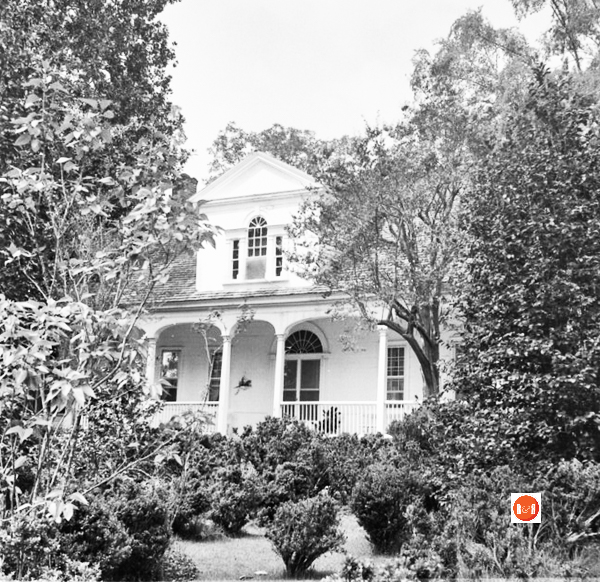
Federal style set on a low brick foundation. Built in a rectangular plan with a central hall, it has double exterior chimneys with corbeled caps on each end of the house. The gable roof of medium pitch is
covered by cypress shingles and has a boxed cornice with returns. A larger gabled dormer projects from the center of both front and rear facades. On the front façade the dormer is embellished with a Palladian window located above an arcaded veranda which has six columns and simple balusters. The front and rear doorways have semicircular fanlights and double paneled doors. Sylvania contains several unusual architectural details. The carving of the Regency mantels and doorways is delicate and sophisticated while the grained and marbleized woodwork is exceedingly well-executed, achieving a “trompe l’oeil” effect. Most notable, however, is the stencilled grapevine design located in the central hall. The surroundings are well landscaped and there are several outbuildings located near the house which appear to date from the nineteenth century. They include a brick smokehouse and clapboard well house, office (perhaps slave cabin), carriage house, barn, and playhouse. Listed in the National Register November 28, 1977. (Courtesy of South Carolina Department of Archives and History) View the complete text of the nomination form for this National Register property.
Sylvania is unique for its delicately detailed architecture in the romantic Regency style….. Built in 1825 by John Hearst, it was the home of the Hearst family until about 1847, when James H. Wideman, in whose family it remains, acquired. President F. D. Roosevelt appointed Frank Wideman as an assistant U. S. attorney general. Frank Jr., executive director of the Self Foundation, and Mrs. Wideman restored the house 1969-71. [Information contributed to R&R by Bob Edmonds, 2015]
A charming residence which has been a McCormick County landmark since about 1825, and which is entered in the National Register for its architectural

Bullock, W. P, and Paul L Grier. Official topographical map of Abbeville Co., South Carolina. [S.l.: P.L. Grier, 1894, 1895] Map. Retrieved from the Library of Congress
significance and the significance in local history of the families who have owned it, is the house known as Sylvania in the Bradley vicinity. The house was built by “Hard Labor John’’ Hearst and his wife Sarah Ward- law Hearst near Hard Labor Creek, the area around which German emigres had settled. The location is also identified as being “near the Long Cane” on the land grant given to his forebear, John Hearst, in 1767. The property stayed in the Hearst family until 1847, when it was acquired by James H. Wideman, whose family has owned Sylvania ever since. The present owner, Frank J. Wideman, Jr., explains that the name means “a woodland place,” but it is not known whether the Hearst builder called it Sylvania or whether an early Wideman owner so designated it. Tied in with Sylvania is another National Register residence, Eden Hall, believed to have been constructed ca. 1854 as a residence for Dr. John Wardlaw Hearst, who had lived at Sylvania with his parents until his father’s death in 1847. At that time he and his wife moved from Sylvania to a cabin near the site of their future home, Eden Hall, which was built between 1850 and 1854. After the Civil War, Dr. Hearst continued to maintain his plantation at Eden Hall and was noted as a scientific farmer. Present owner of the plantation house and plantation is Mrs. F.E. Grier. A key to the respect and appreciation which so many South Carolinians have for their historic buildings is the quote from English author John Ruskin which the Widemans used on an invitation inviting friends to a party celebrating the sesquicentennial of Sylvania:
“Watch an old building with anxious care; guard it as best you may, and at any cost, from any influence of dilapidation. Count its stones as you would jewels of a crown; set watches about it as if at the gates of a besieged city; bind it together with irons when it loosens; stay it with timbers when it declines; do this tenderly, and reverently, and continually, and many a generation will still be born and pass away beneath its shadow.” C.Z. Fant – (Information from: Names in South Carolina by C.H. Neuffer, Published by the S.C. Dept. of English, USC)
Stay Connected
Explore history, houses, and stories across S.C. Your membership provides you with updates on regional topics, information on historic research, preservation, and monthly feature articles. But remember R&R wants to hear from you and assist in preserving your own family genealogy and memorabilia.
Visit the Southern Queries – Forum to receive assistance in answering questions, discuss genealogy, and enjoy exploring preservation topics with other members. Also listed are several history and genealogical researchers for hire.
User comments welcome — post at the bottom of this page.
Please enjoy this structure and all those listed in Roots and Recall. But remember each is private property. So view them from a distance or from a public area such as the sidewalk or public road.
Do you have information to share and preserve? Family, school, church, or other older photos and stories are welcome. Send them digitally through the “Share Your Story” link, so they too might be posted on Roots and Recall.
Thanks!
IMAGE GALLERY – Blythe Collection, 1982 / S.C. Dept. of Archives and History
Joseph Hearst, 1760-1814
Joseph Hearst, son of the pioneer John, was a private in the Revolution, as was his brother, John Hearst, Jr. Joseph Hearst owned more than 2,000 acres of land, including his father’s home site. In 1784 he married Jane Pressly,* nine children of whom eight married:
John Hearst, 1787-1843, was called “Hard Labor John” Hearst because his property was along Hard Labor Creek. About 1825 he built a home, “Sylvania,” on the west side of state highway 112 which is the dividing line between Greenwood and McCormick counties. This interesting house has been well preserved and is owned by Mr. and Mrs. Frank J. Wideman. (His grandfather, James H. Wideman, was long the owner of Sylvania.) “Hard Labor John” Hearst was twice married, first to Sarah (or Betsey) Wardlaw, daughter of John Wardlaw, Jr.*; two children: (1) Dr. John Wardlaw Hearst (see below); and (2) Jane Hearst was the first wife of James P. Pressly.* Second wife of “Hard Labor John” Hearst was Sarah Ann [ ], no children.
Joseph Hearst, Jr., born 1788, married Mary Perrin, daughter of Abner Perrin*; three children, two married: (1) Frances Catherine Hearst married Douglas Ashe, seven children; and (2) Joseph Zebulon Hearst, 1831-1904, married Alice S. Powe, four daughters, removed to Alabama.
Elizabeth Knox Hearst, bom 1791, married Dr. Samuel Pressly.*
Jane Hearst, born 1793, married the Rev. John Taylor Pressly.*
Margaret Hearst, 1796-1856, married her cousin, “John Whitehall” Hosrst ^
Mary Hearst, 1798-1871, married Thomas White Chiles.*
Sarah Hearst, 1800-1832, married Dr. Samuel Bonner, 1786-1838, four children, removed to Alabama.
Isabella Hearst married Dr. George W. Pressly.
Information from: Greenwood County Sketches by Margaret Watson, 1982
User comments always welcome - please post at the bottom of this page.


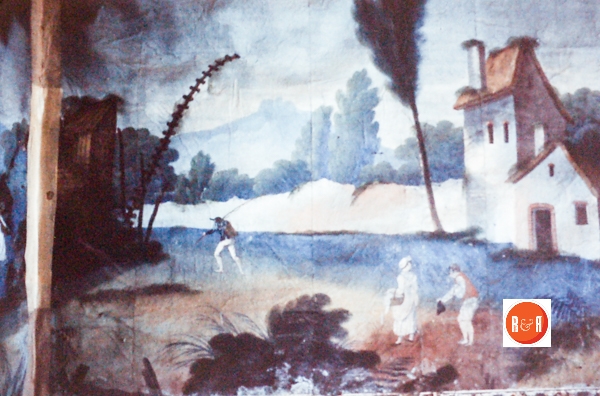










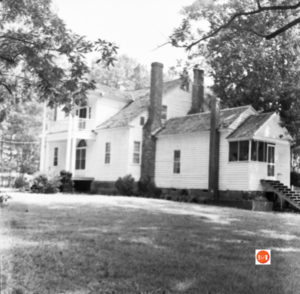


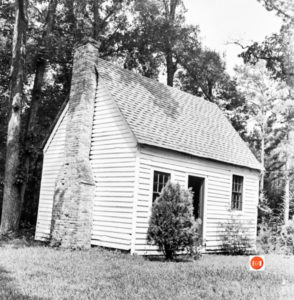
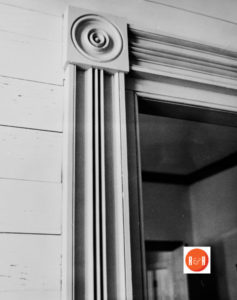







Share Your Comments & Feedback: